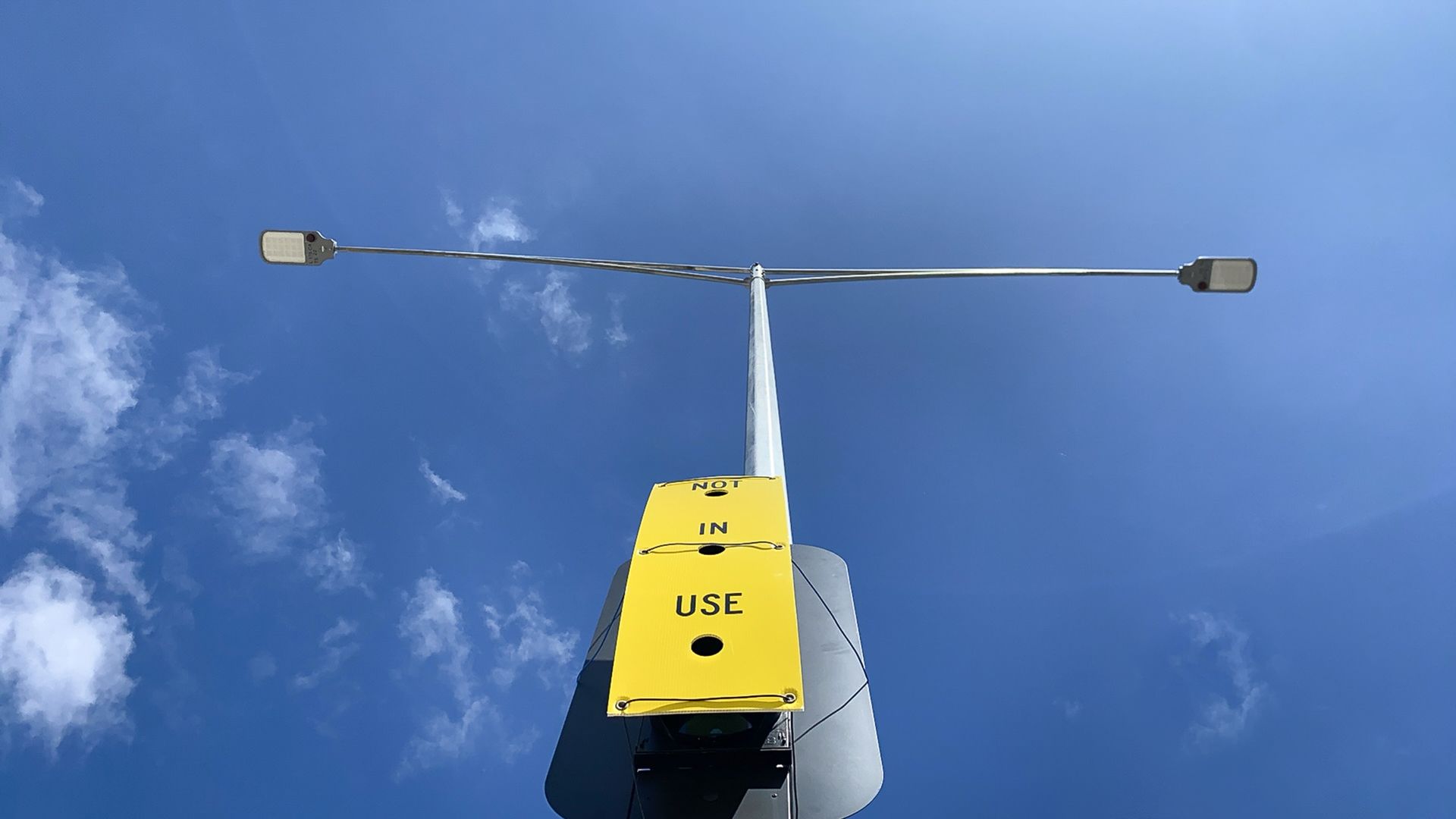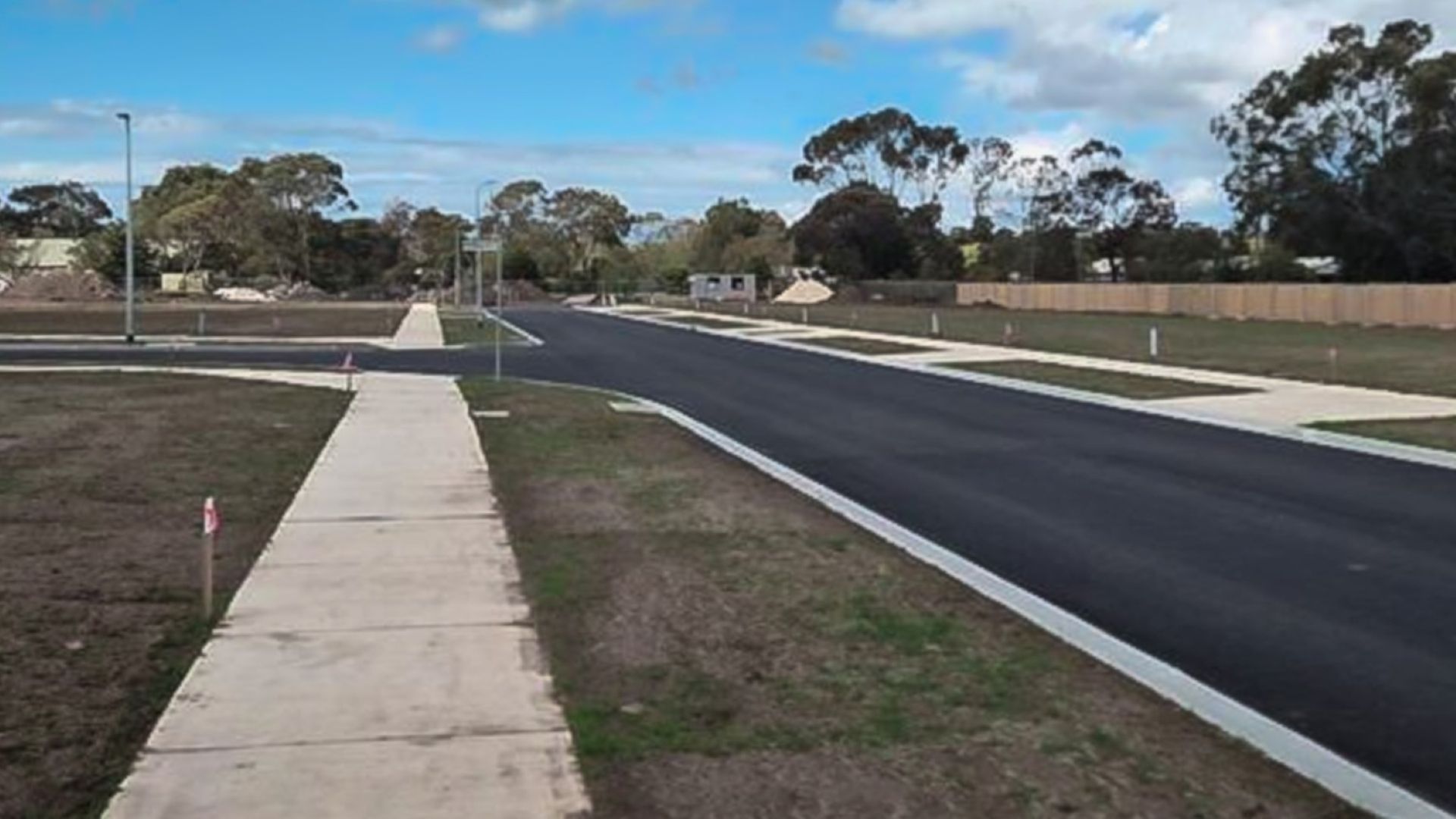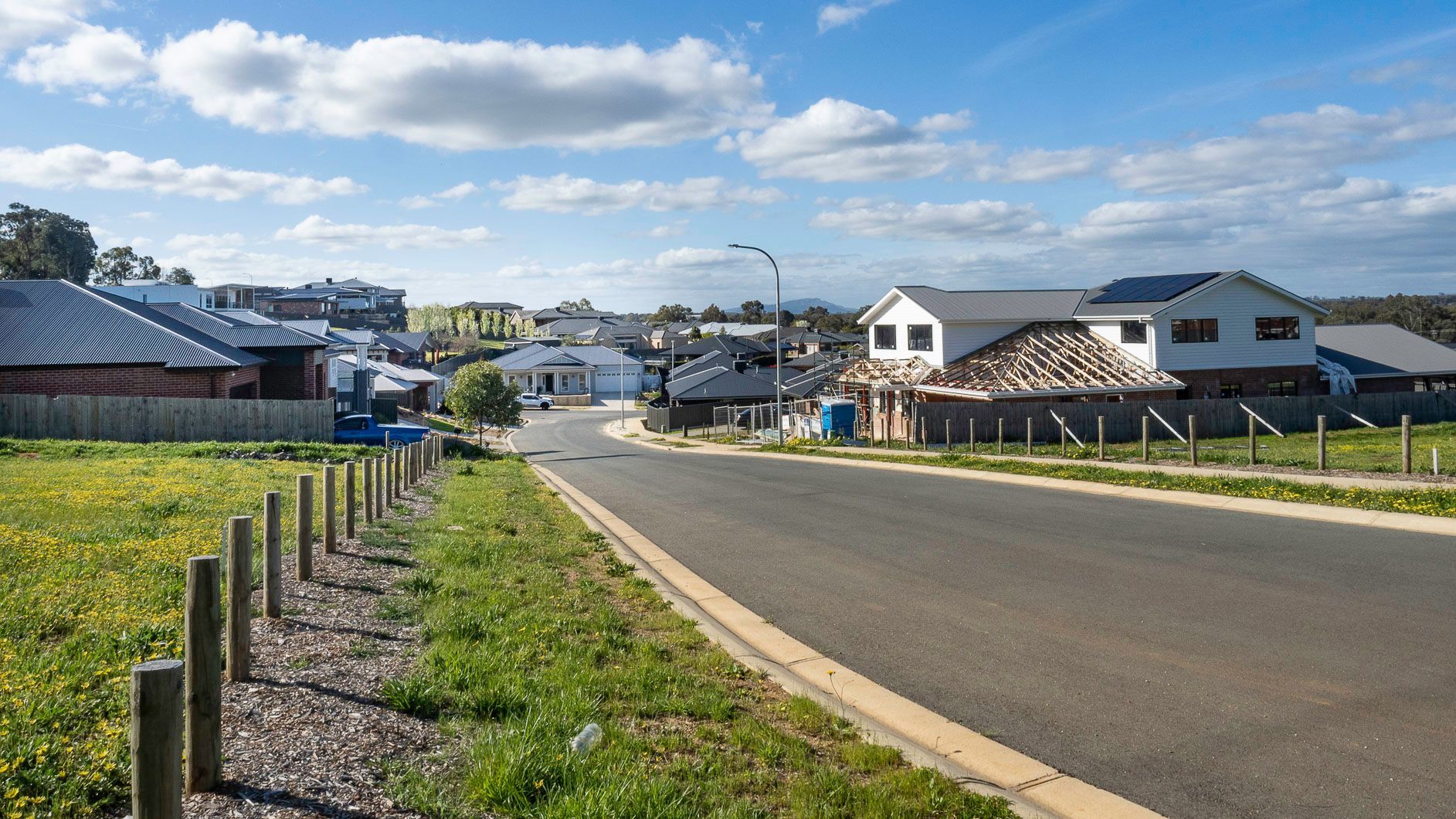From surveying, design and drafting to project management and construction, Balpara’s range of specialisations cover all bases when it comes to overhead asset relocation. In this Q and A, Business Development Manager Neville Green explains the ins and outs of this specialised service, and why every construction project near existing power lines should consider an overhead asset assessment from the earliest stages of planning.
In a nutshell, what is involved with overhead asset relocation?
It relates to what they call the VESI (Victorian electricity supply industries) standard, which was developed by the five electricity distribution companies in Victoria. That standard describes minimum clearances from powerlines, both of new buildings being constructed and of things like cranes and scaffolds that might need to be put up in order to build those buildings.
At Balpara we have an overhead survey division, who go out to where a new building is going to be constructed and conduct what’s called a sag and sway analysis. With certain weather conditions the lines move around, they sway back and forth, and we make sure under those circumstances the project meets the power industry standards for clearances.
If it doesn’t, design is required to move those powerlines away from that building. In some cases we place the cable underground, although this will depend on the cable. For example, at 22,000 volts, undergrounding the cable is more cost effective than if it’s a higher voltage. For 66,000 volts, it’s a fairly expensive exercise to underground the cable so we tend to put an offset arm on the existing poles to push it away from the building.
Why is it important for clients to incorporate these kinds of works into their planning?
Some companies may not have been exposed to the power industry authorities, and aren’t aware of the standards. So they start to do their planning and don’t realise until they get close to the construction phase that they’ve got an issue regarding existing power lines.
It’s better to get onto this in the early stages because there’s a process involved in reviewing the site, obtaining all existing drawings out of the power companies, surveying and undertaking an analysis with all the information at hand. Then, once it is established that a powerline needs to be relocated, design work must be undertaken and approved by the power utility, along with costing approval by the client. This can take months, delaying the start of the build.
Whereas if this work is undertaken during the building design phase, the designers have the option to allow for a bigger offset, or incorporate the cost and time of moving the powerlines into their overall budget and project plan. In any case it’s better than running into unexpected costs or delays down the track. The earlier this is addressed the better the outcome.
Can you describe a specific example where Balpara has done this kind of work?
One major example relates to a multi-million dollar development in Oakleigh in Melbourne’s eastern suburbs. It was a significant project, taking up virtually an entire block of Warrigal Road and Dandenong Road. On the Dandenong Road side there was a 22,000 volt line, so we undergrounded about 200m of cabling along that section of the road.
Then along the Warrigal Road section there was a 66,000 volt line that needed to be moved in order to meet the clearance standards. We didn’t have to move the poles, we just pushed it out with an offset arm. There was an issue regarding the constructability of balconies that where in close proximity to the line and these required further clearances, which were accommodated.
We’ve completed many similar projects but this was fairly major, making full use of Balpara’s range of services and expertise in this area.
Why is Balpara well placed to provide this service?
Balpara is a one-stop shop for this kind of project. We bring together our survey team, design team and drafting team, as well as project management and construction experts if we need to move the lines. We’re one of the only companies around that has a big overhead survey capacity – it's a specialised service, and a lot of companies can’t afford to have that service in-house. We have also serviced the power industry for over 20 years, and have strong relationships and a deep understanding of their standards, which enables us to streamline elements of the project. This area of expertise is unique and something we are proud of.



